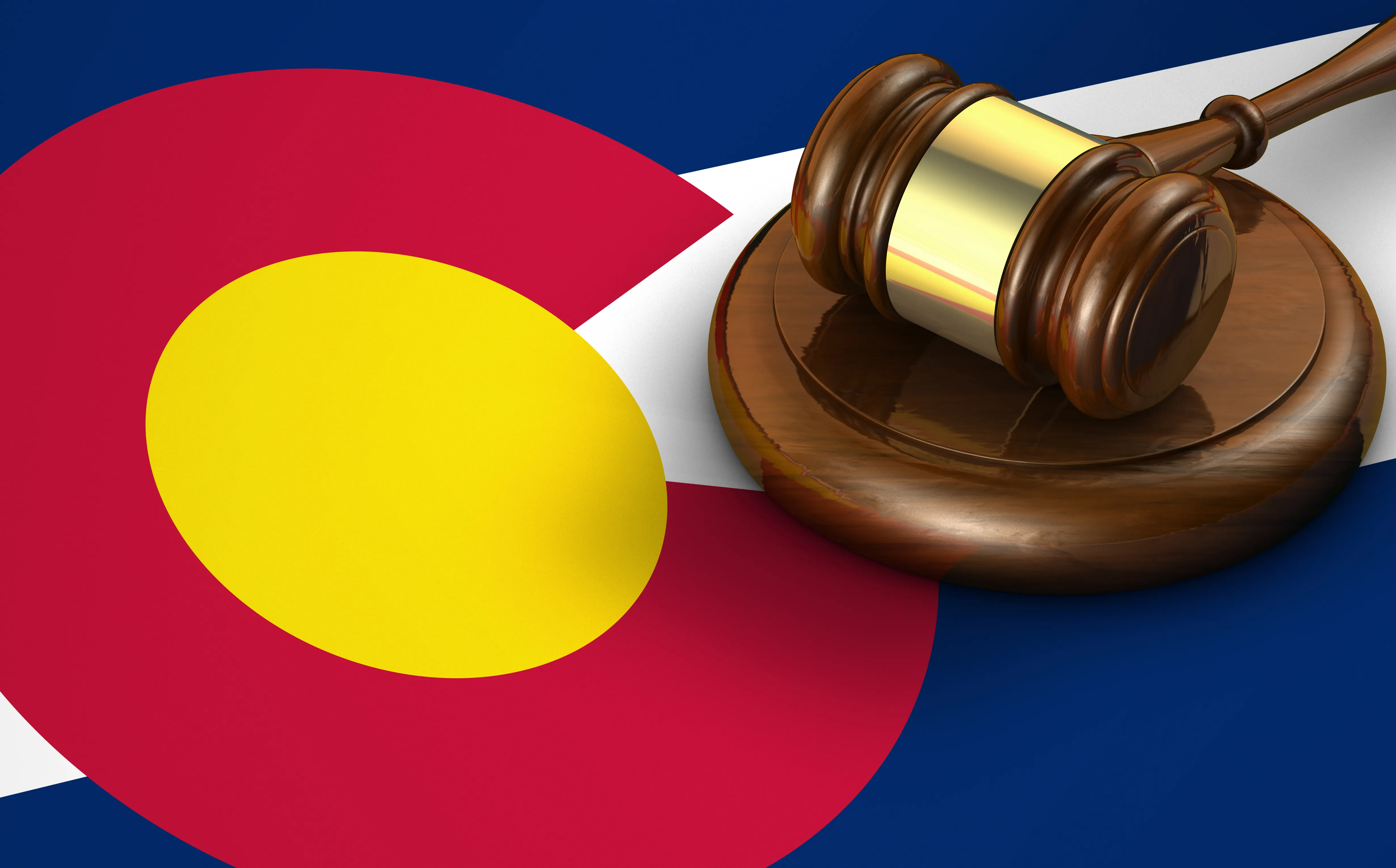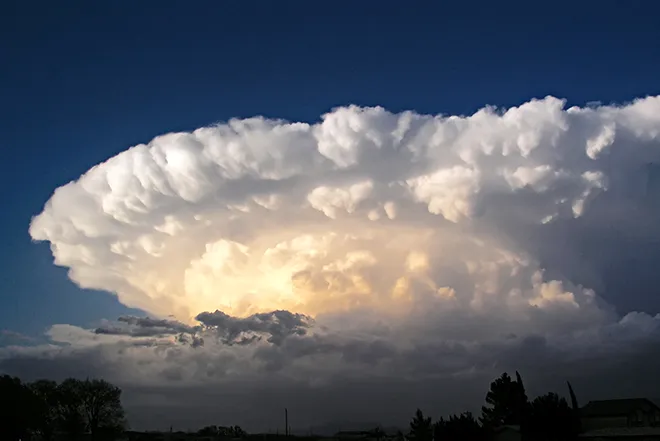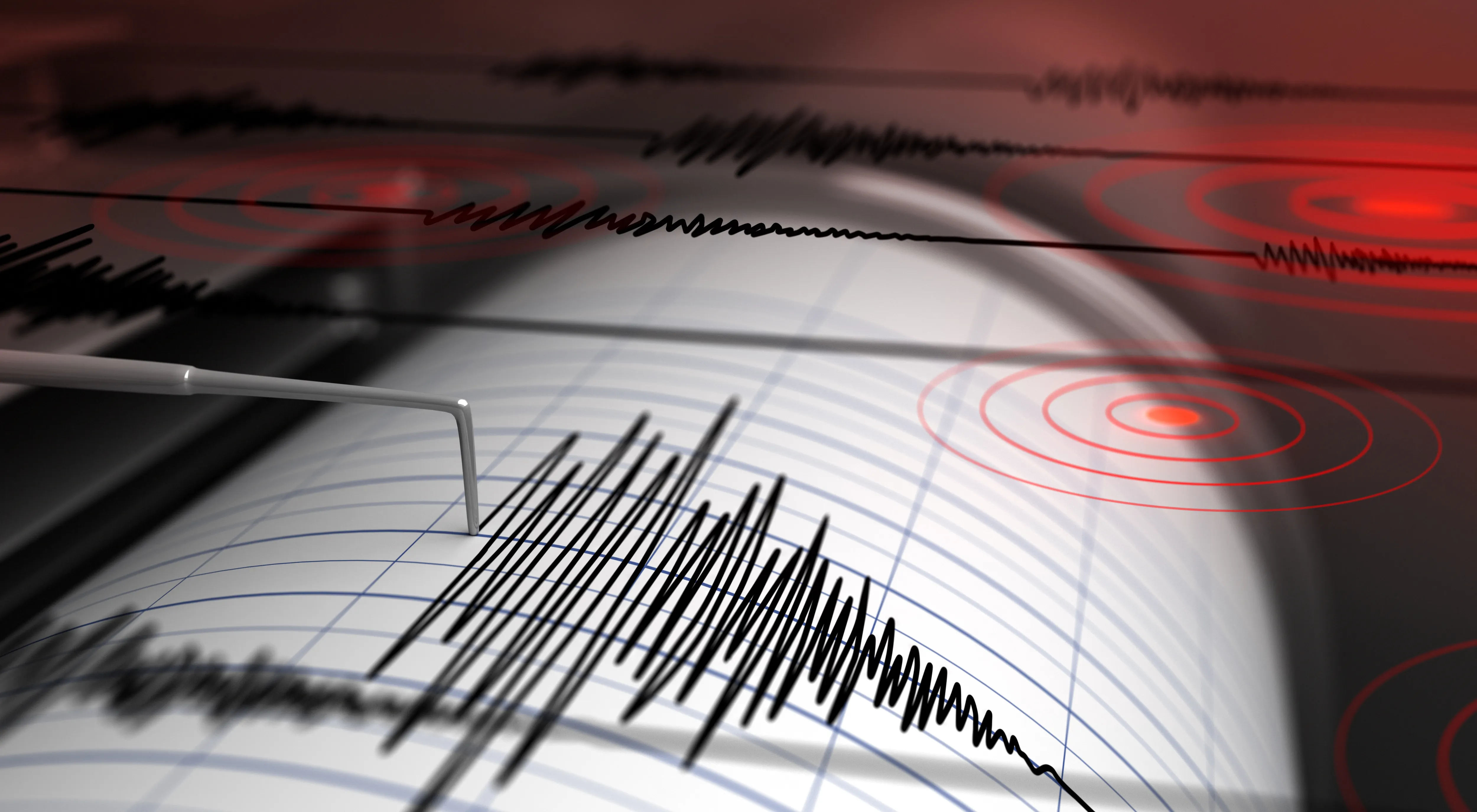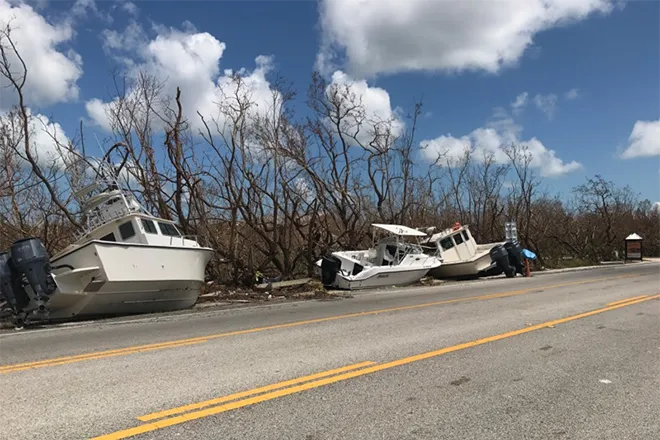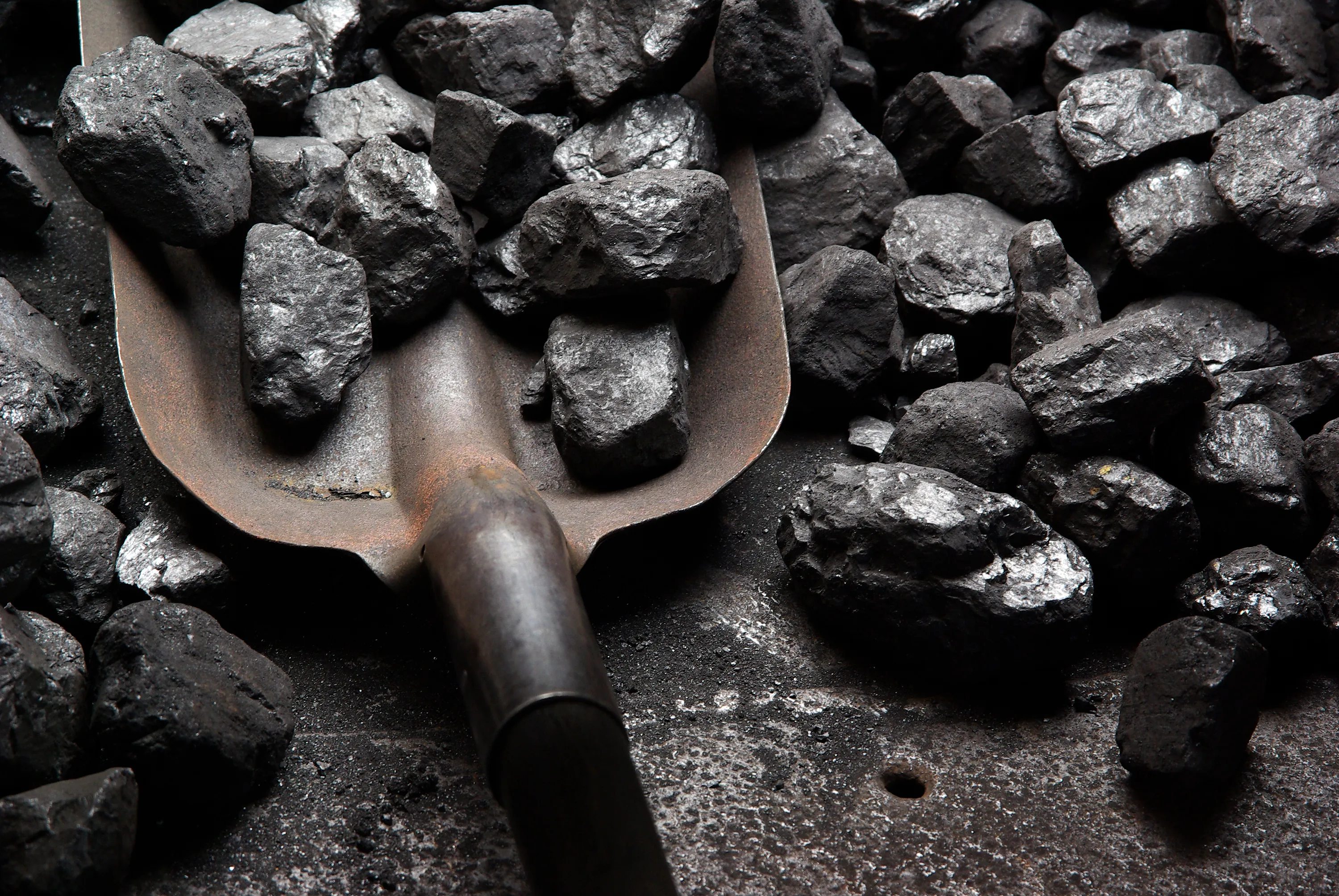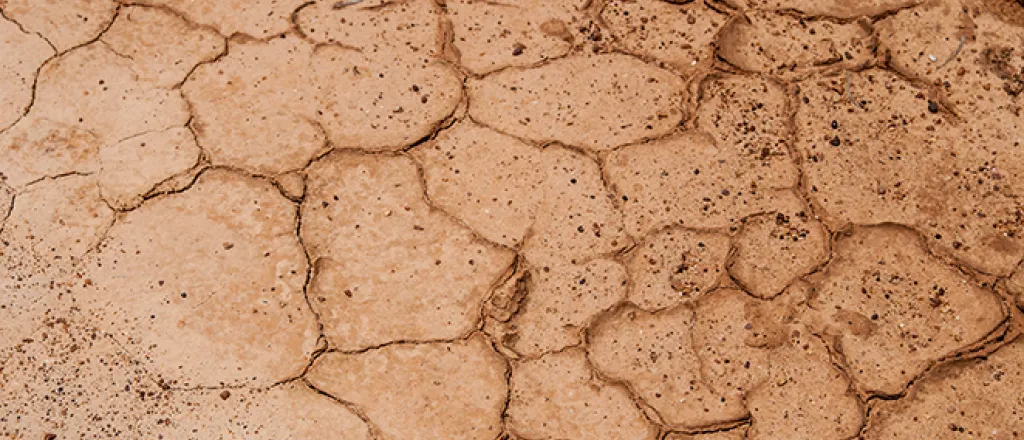
Abnormally Dry Area Jumps in Colorado
One-third of Colorado is now abnormally dry, a dramatic increase over less than 15 percent of the state’s area just one week ago.
In northeast Colorado, all of Sedgwick and Phillips counties, along with smaller portions of Logan, Weld and Yuma counties are now classified as abnormally dry after being drought-free last week. Portions of Larimer and Jackson counties in north central Colorado also shifted to abnormally dry.
The greatest expansion occurred in northwest and west Central Colorado, where all or portions of 22 counties are now under abnormally dry conditions.
All, or nearly all, of Moffat, Rio Blanco, Garfield, Mesa, Delta, Montrose, Pitkin, Gunnison, Lake, Chaffee, Park and Teller counties are abnormally dry. Lesser areas of Dolores, San Miguel, Ouray, Saguache, Fremont, Eagle, Summit, Clear Creek, Jefferson and Douglas counties are in similar conditions.
While moderate drought is not yet impacting Colorado, that level of drought is wrapping around the northeast corner of Colorado in Nebraska, and in Utah west of Moffat and Rio Blanco counties.
Aside from the northeast corner, eastern Colorado continues to escape drought conditions, thanks in part to recent afternoon rains fed by seasonal monsoon moisture flows. Drier conditions are expected in the coming week.
Overall, about 67 percent of the state remains drought-free, with the remaining area considered abnormally dry.
Three months ago, nearly all of eastern Colorado was in some category of drought, with the worst impacts experienced over the southeast plains and north central mountains. The mountain area was in severe drought. In May, a series of late winter storms brought heavy, wet snow, along with rain, to free eastern Colorado from drought conditions.
Western Colorado had largely left drought conditions behind in January as a series of storms blanketed the area in snow.
Drought categories include (ranked from least to most severe) abnormally dry, moderate, severe, extreme and exceptional drought.
Map data courtesy National Drought Mitigation Center

